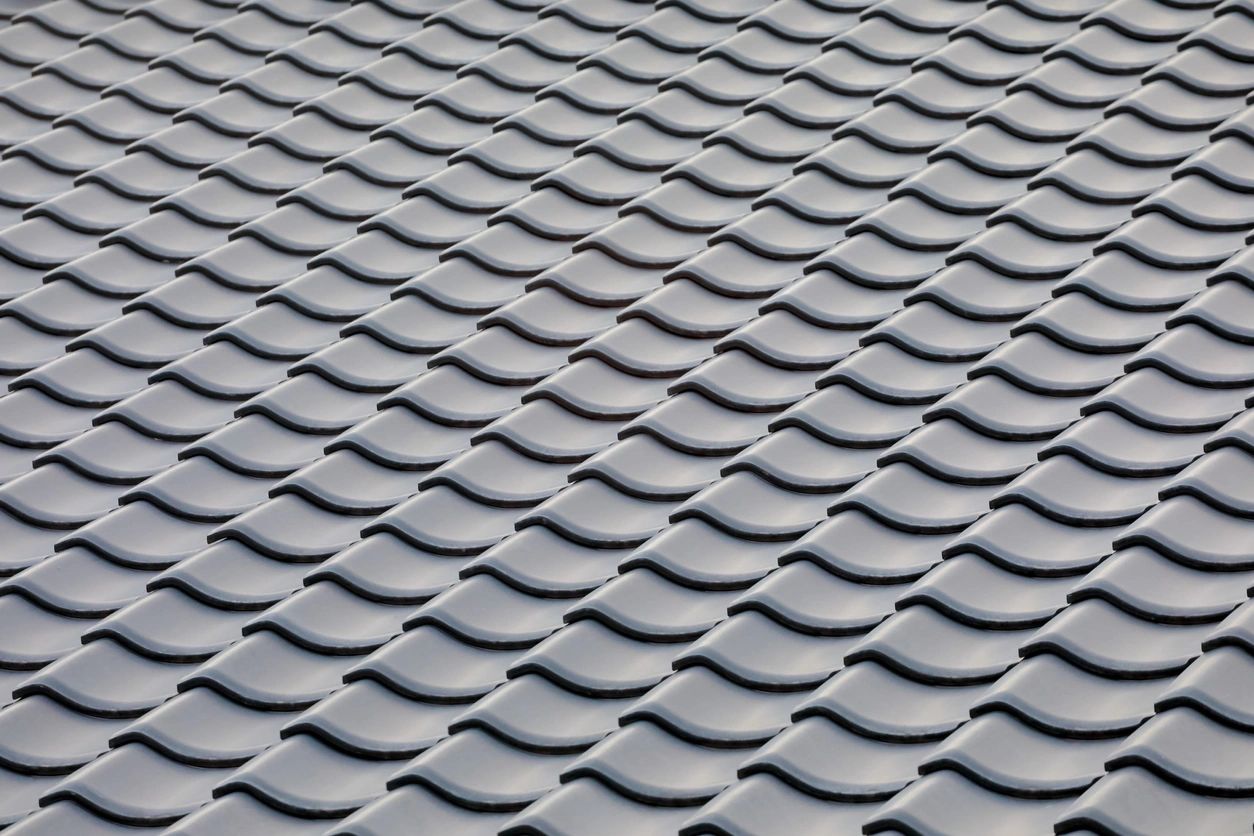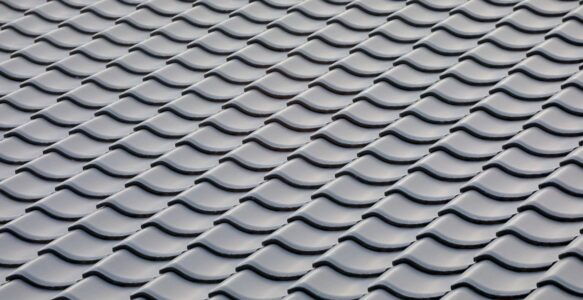Title: Enhancing Structural Performance: Exploring ASTM E1592-05(2017) Uplift Test for Sheet Metal Roof and Siding Systems
Introduction:
Sheet metal roof and siding systems are vital components of buildings, offering both protection and aesthetic appeal. To ensure their resilience against severe weather conditions, particularly high winds, the ASTM E1592-05(2017) standard test method is employed. In this blog post, we will delve into the details of this test method and its significance in evaluating the reliability of sheet metal systems.
Understanding the Test Method:
The ASTM E1592-05(2017) test method provides a comprehensive approach to assess the structural integrity of sheet metal roof and siding systems. By subjecting a full-scale mockup to varying levels of uniform static air pressure difference, the test mimics the stress experienced during extreme weather events.
The Testing Process:
Conducted in a specially designed test chamber, the test allows for controlled application of pressure differentials. The mockup includes representative panels, fasteners, and system components that closely resemble actual installations. Gradually increasing and maintaining pressure levels for specified durations, pressure sensors measure differentials across the mockup.
Evaluation Criteria:
The test evaluates factors critical to the structural performance of sheet metal systems. These include panel damage, fastener pullout, system deformation, and other failure criteria outlined in the ASTM standard. Deflection gauges or displacement transducers measure movement or deformation, providing crucial data for analysis.
Importance of the Test:
The ASTM E1592-05(2017) test method holds significant importance in several aspects:
- Ensuring Safety and Reliability: By subjecting sheet metal systems to rigorous testing, the standard guarantees their capacity to withstand high wind loads and extreme weather conditions. This enhances building safety, protecting occupants and minimizing property damage.
- Compliance with Building Codes: Compliance with specific building codes is often mandatory, necessitating the use of tested and approved materials. Conducting the ASTM E1592-05(2017) test ensures adherence to these requirements, streamlining regulatory approval.
- Design Optimization: Test results provide valuable insights for manufacturers and designers to improve their products. By identifying weaknesses and areas for enhancement, the test supports the optimization of sheet metal system design and construction, bolstering real-world performance.
- Market Confidence: Building owners, architects, and contractors seek assurance regarding the performance of selected sheet metal systems. The ASTM E1592-05(2017) test method provides a standardized and scientifically rigorous evaluation, fostering market acceptance and instilling confidence.
Conclusion:
The ASTM E1592-05(2017) test method plays a crucial role in evaluating the structural performance of sheet metal roof and siding systems under uniform static air pressure difference. By subjecting these systems to controlled stress levels, the test ensures their ability to withstand high winds and extreme weather conditions. Compliance with this standard not only enhances safety but also contributes to optimized system design, regulatory compliance, and market confidence. As sheet metal systems continue to evolve, adherence to standardized testing methodologies becomes increasingly important to ensure the reliability and resilience of our built environment.
Contact us at info@fetlabs.com for more information



